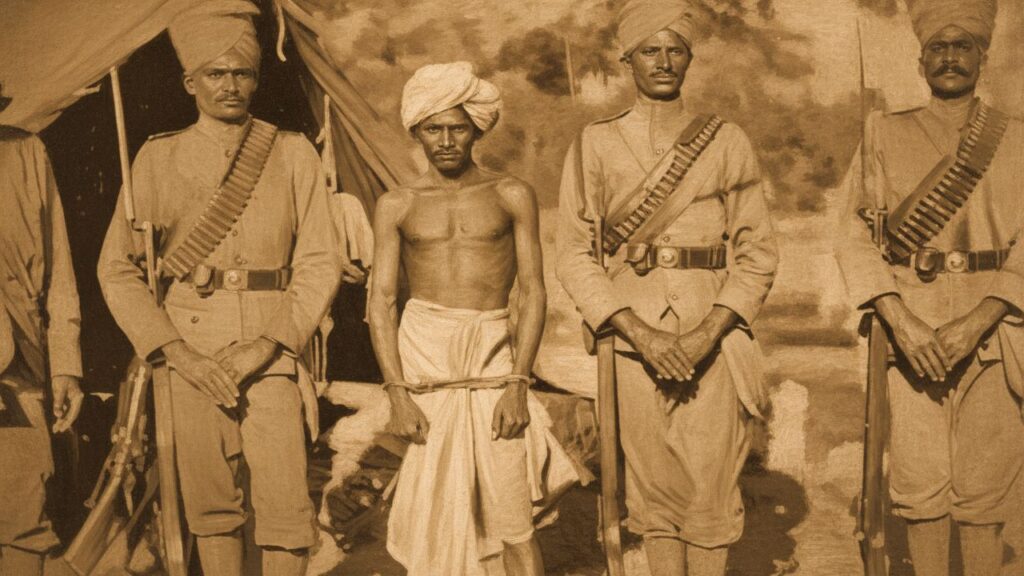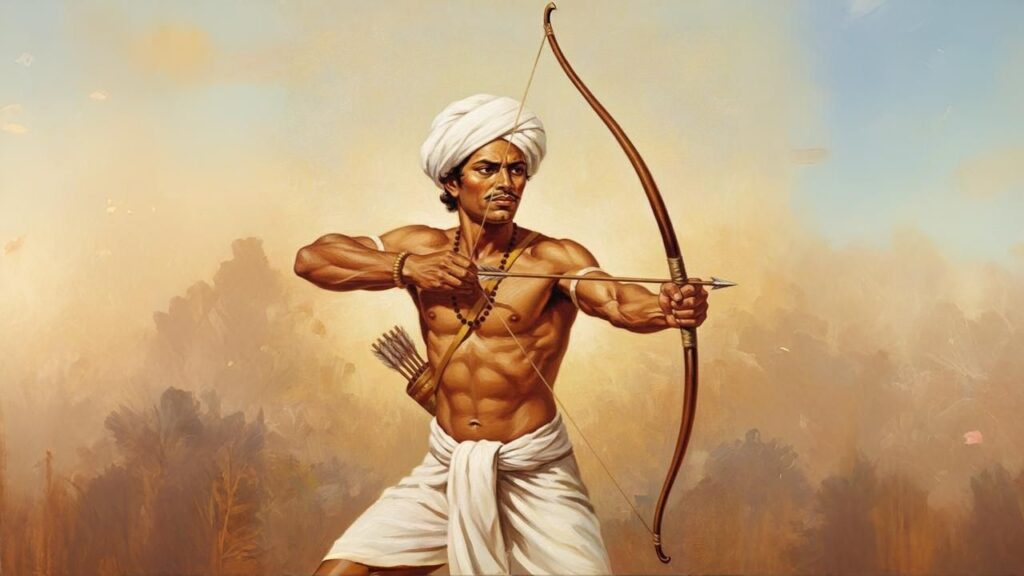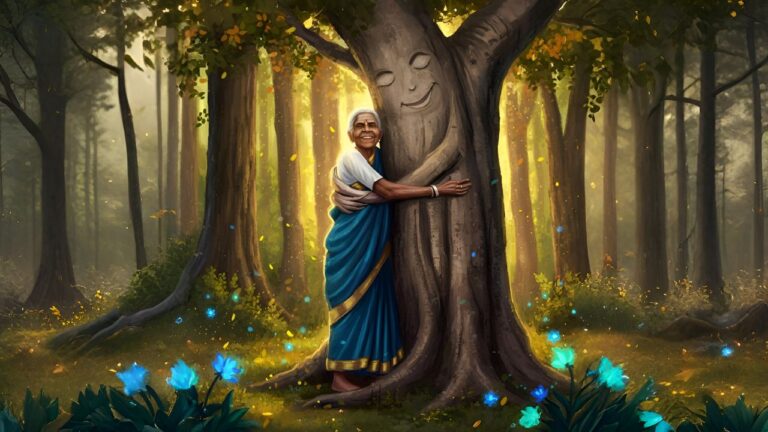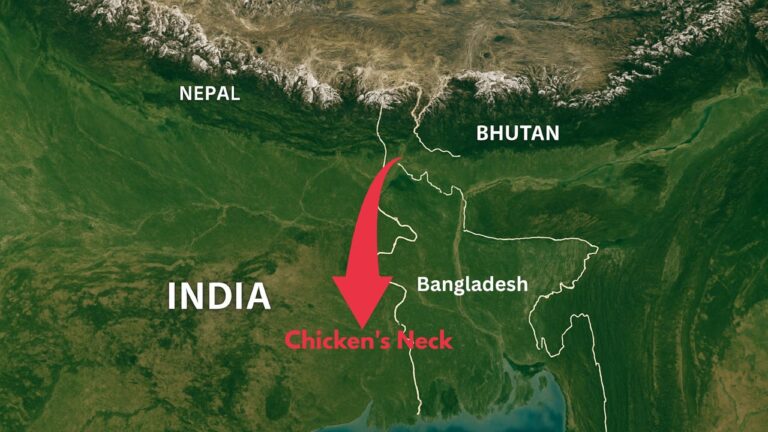
(Photo Source: Wikipedia)
On November 15, 2025, the nation commemorated the 150th birth anniversary of Birsa Munda, a legendary tribal freedom fighter who led one of the most significant uprisings against British colonial rule in the late 19th century. Prime Minister Narendra Modi, President Droupadi Murmu, and other national leaders paid tributes to the iconic hero whose struggle for tribal rights and dignity continues to inspire generations.
Birsa Munda: Early Life and Roots
Birsa Munda was born on November 15, 1875, in Ulihatu village in present-day Khunti district, Jharkhand, which was then part of the Bengal Presidency. He belonged to the Munda tribe. His parents, Sugna Munda and Karmi Hatu, were poor farmers who experienced firsthand the exploitation and injustices faced by tribal communities under British rule and local landlords.
From an early age, Birsa observed the systematic alienation of tribal lands through British colonial policies that disrupted the traditional Khuntkatti system of communal land ownership. Tribal communities faced forced labor known locally as begar, oppressive taxation, exploitation by landlords and moneylenders called “dikus,” and the threat of cultural suppression by Christian missionaries trying to convert indigenous peoples.
These experiences of colonial oppression deeply shaped Birsa’s worldview and ignited his determination to fight for his people’s rights and preserve their cultural identity. Known affectionately as “Dharti Aaba” or “Father of the Earth,” Birsa emerged as both a spiritual guide and political leader for tribal communities across the Chotanagpur region. He founded the Birsait religious movement, which encouraged tribal unity and rejection of forced conversions, while also leading the Munda Rebellion (Ulgulan) against British authority and land alienation
Ulgulan Movement: A Rebellion for Justice
Birsa Munda’s most significant contribution was leading the Ulgulan, or “Great Tumult,” a major tribal uprising that began in December 1899 and continued until early 1900. This movement was a comprehensive struggle for land rights, cultural preservation, and social reform, directly challenging the exploitative feudal system and British colonial authority.
Under the Khuntkatti system, villages held land collectively, but colonial laws and landlordism undermined these rights, causing widespread displacement. Birsa mobilized thousands from the Munda, Oraon, and Kharia communities, urging them to refuse unfair rents and taxes imposed by British officials and landlords.
His vision of “Munda Raj” (self-rule for the tribal people) posed a direct challenge to colonial power. Using guerrilla tactics, his followers carried out armed resistance, alarming British administrators who labeled him a dangerous rebel.
The rebellion included the attack on British police stations, property of landlords and missionaries, and was marked by fierce battles such as the one at Dombari Buru in January 1900. Although the uprising was brutally suppressed, Birsa’s movement paved the way for reforms like the Chotanagpur Tenancy Act of 1908, which granted limited land protections to tribes. Birsa Munda died in British custody in June 1900.

Religious Reform and Social Revival
Beyond political resistance, Birsa initiated a profound spiritual and social transformation within tribal communities. Through the Birsait movement, he preached monotheism and encouraged his people to return to their indigenous beliefs while rejecting foreign religious influences, particularly Christian missionary activities.
His teachings emphasized purity, hard work, cleanliness, and abstinence from alcohol. This spiritual revival served a dual purpose: it strengthened tribal identity and unity while providing moral and psychological strength to the resistance movement. By combining religious reform with political agitation, Birsa created a holistic movement that addressed both the material and spiritual needs of his community.
Martyrdom and Enduring Legacy
Recognizing Birsa as a major threat, British authorities arrested him in early 1900 on charges of sedition. He died in Ranchi jail on June 9, 1900, at just 25, under circumstances that remain controversial and possibly linked to ill-treatment during captivity.
Despite his short life, Birsa Munda’s impact was profound and lasting. His rebellion compelled the British to introduce land reforms, acknowledging tribal rights, and set a precedent for future tribal movements in India.
Today, Birsa Munda is revered as a godlike figure in tribal regions across Jharkhand, Bihar, Odisha, Chhattisgarh, and West Bengal. His portrait hangs in the Indian Parliament Museum, and his life continues to be celebrated through folk songs, literature, and community traditions.
Janjatiya Gaurav Divas
The Government of India observes November 15 as Janjatiya Gaurav Diwas (Tribal Pride Day) to honor Birsa Munda’s contributions and celebrate the legacy of tribal communities. The 150th birth anniversary in 2025 witnessed nationwide celebrations, with cultural programs, exhibitions, and development initiatives highlighting tribal heritage and rights.
Prime Minister Modi described Birsa as an “iconic tribal freedom fighter” whose sacrifices continue to inspire every generation in protecting the dignity of the motherland and tribal communities. The commemoration serves as a reminder that Birsa Munda’s struggle represents not just historical resistance but an ongoing quest for justice, equality, and recognition for India’s indigenous peoples.
Watch: Birsa Munda | Biography | Indian tribal freedom fighter
FAQs
Who was Birsa Munda?
Birsa Munda was a legendary tribal freedom fighter and social reformer who led the Ulgulan (Munda Rebellion) against British rule to protect tribal land and rights in the late 19th century.
Why is November 15 celebrated as Janjatiya Gaurav Diwas?
November 15 marks the birth anniversary of Birsa Munda. The Government of India observes it as Janjatiya Gaurav Diwas to honor his contributions and celebrate tribal heritage.
What was the main cause of the Ulgulan (Great Tumult)?
The Ulgulan was sparked by the unjust colonial land policies, exploitation by landlords, heavy taxation, and attempts to suppress tribal culture.
What reforms resulted from Birsa Munda’s rebellion?
The movement led to land protection laws like the Chotanagpur Tenancy Act of 1908, which safeguarded tribal land rights.
How did Birsa Munda inspire tribal communities?
Birsa combined political resistance with spiritual revival, promoting unity, indigenous faith, and self-rule, making him a revered symbol of tribal pride and dignity.
How did Birsa Munda die?
Birsa Munda died on June 9, 1900, in Ranchi jail at the age of 25. His death remains controversial, with many believing it was caused by illness resulting from harsh treatment in custody.





